Did you know the comfortable mattress you sleep on has its roots in outer space? It’s true. The material we know as memory foam was first developed not for better sleep, but for safer space travel. This journey from the cosmos to our bedrooms is filled with fascinating science and surprising applications.
This post will explore 12 amazing facts about memory foam, tracing its path from a NASA innovation to everyday comfort.
You'll learn how it works, why it's so good for sleep, and discover some uses for it you may have never considered.
NASA's Innovative Cushioning
Fact 1: It was developed for aeroplane safety.
In 1966, NASA's Ames Research Centre commissioned a project to improve seat cushioning and crash protection for pilots and passengers. The goal was to create a material that could absorb the immense pressure of G-forces during takeoff and landing, making flights safer.
Fact 2: The original purpose was to cushion astronauts.
This new material, originally called "temper foam," was designed to mould perfectly to an astronaut's body. By distributing weight and pressure evenly, it provided a protective cradle against the intense forces experienced during space missions.
See also - Your Custom Cut Foam Questions, Answered
From Space to Your Home
Fact 3: It entered the consumer market in the 1980s.
For many years, the formula for memory foam was a closely guarded secret, used exclusively by NASA and later in medical applications. In the early 1980s, NASA released the technology into the public domain, paving the way for commercial use.
Fact 4: A Swedish company first produced it commercially.
The Swedish company Fagerdala World Foams was one of the first to see the potential of memory foam for consumers. They spent years perfecting the material, and in 1991, they launched the first-ever memory foam mattress, which became the foundation for the brand Tempur-Pedic.
See also - Custom Cut Foam in the Car Industry: Comfort, Safety, and Customisation
The Science Behind the Comfort
Fact 5: It’s a viscoelastic polyurethane foam.
That’s a mouthful, but it’s the key to how memory foam works. "Visco" refers to its ability to change shape under pressure, while "elastic" refers to its ability to return to its original form once the pressure is removed.
Fact 6: It softens with heat and moulds to your body.
Memory foam is temperature-sensitive.
When you lie on it, your body heat softens the foam, allowing it to contour precisely to your shape. This creates a personalised surface that cradles every curve, providing tailored support.
See also - Custom Cut Foam in the Film Industry: Beyond Props and Sets
Benefits for Your Sleep Quality
Fact 7: It reduces pressure points.
Traditional mattresses can create pressure points on your shoulders, hips, and back. By distributing your body weight evenly, memory foam alleviates this pressure.
Many users report a significant reduction in aches and pains after switching to a memory foam mattress.
Fact 8: It minimises motion transfer.
If you share a bed with a partner who tosses and turns, you know how disruptive it can be. Memory foam absorbs movement, so you’re less likely to be disturbed.
This is a game-changer for light sleepers, ensuring a more restful night for everyone.
Health and Practicality
Fact 9: It can reduce allergies.
The dense structure of viscoelastic foam makes it difficult for dust mites, pet dander, and other common allergens to thrive. This makes memory foam mattresses and pillows a great choice for people with allergies or asthma.
Fact 10: Modern memory foam includes cooling technologies.
Early memory foam had a reputation for retaining heat.
However, manufacturers have developed innovative solutions. Modern versions often feature open-cell structures, gel-infusions, or other breathable materials to improve airflow and keep you cool.
The Many Forms of Memory Foam
Fact 11: It’s used in more than just mattresses.
The unique properties of memory foam make it useful for a wide range of products.
You'll find it in pillows, mattress toppers, office chairs, shoes, and even football helmets, where its shock-absorbing qualities provide crucial protection.
Fact 12: Density affects firmness and price.
Not all memory foam is the same. Its density, measured in pounds per cubic foot. determines its firmness and durability. Higher-density foams are typically firmer and more expensive, while lower-density options are softer and more budget-friendly.
More Than Just a Mattress
Memory foam's versatility extends far beyond the bedroom.
Its unique combination of support and comfort makes it a favourite for DIY enthusiasts and creators.
Here are a few other uses for memory foam:
- Custom Cushions: Create comfortable, supportive seating for window nooks, benches, or outdoor furniture.
- Pet Beds: Give your furry friend the gift of a supportive, joint-friendly bed.
- Soundproofing: The dense structure of memory foam can help dampen sound, making it useful for home studios or quiet spaces.
- Vehicle Seating: Add a layer of memory foam to car or motorcycle seats for a more comfortable ride on long journeys.
- Camera Case Padding: Protect expensive equipment with custom-cut memory foam inserts that absorb shock.
- Prosthetics: In the medical field, memory foam is used to provide a comfortable, pressure-relieving lining for prosthetic limbs.
See also - The Importance of Getting the Right Bedding for Your Pet
Your Questions Answered
What does memory foam actually do?
Memory foam uses your body heat and weight to mould to your unique shape. This creates a surface that distributes pressure evenly, supports spinal alignment, and absorbs movement, leading to a more comfortable and undisturbed sleep.
What is the disadvantage of memory foam?
The main drawbacks some people experience are heat retention (though this is less of an issue with modern designs) and an initial off-gassing smell when the product is new, which typically disappears within a few days.
Some also find the supportive feel takes some getting used to compared to traditional spring mattresses.
Is memory foam unhealthy to sleep on?
No, high-quality memory foam is non-toxic and safe to sleep on.
The chemicals used in its production are stable, and many products are certified by third-party organisations to be free from harmful substances. It's often used in medical settings and even for baby products.
A Legacy of Comfort
From protecting astronauts during fiery re-entries to providing a perfect night's sleep, memory foam's journey is a testament to innovation.
What started as a solution for a high-stakes problem in space has become a staple of comfort in our daily lives. The science of viscoelastic foam provides a unique blend of support and softness that continues to evolve, promising even better rest for years to come.
Ready to experience the benefits for yourself?
Explore our range of memory foam products and find the perfect fit for your home and lifestyle.


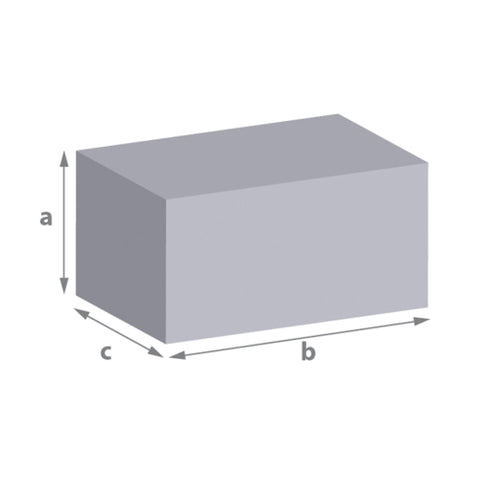
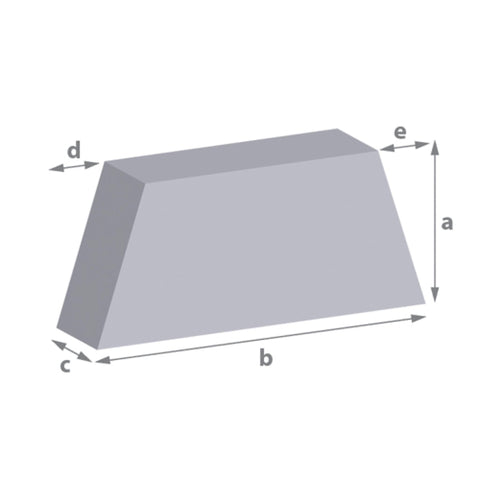
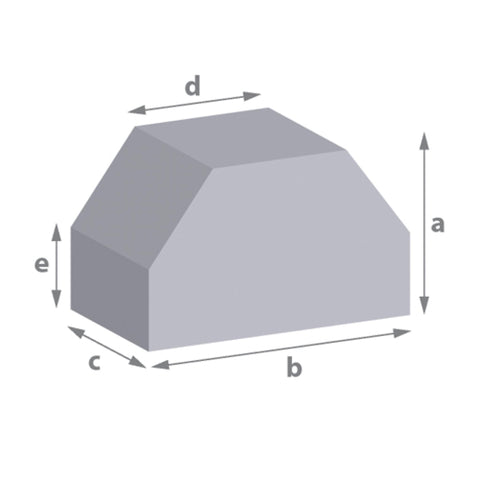
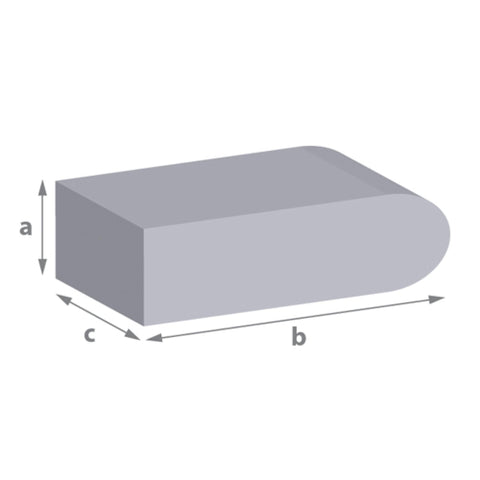
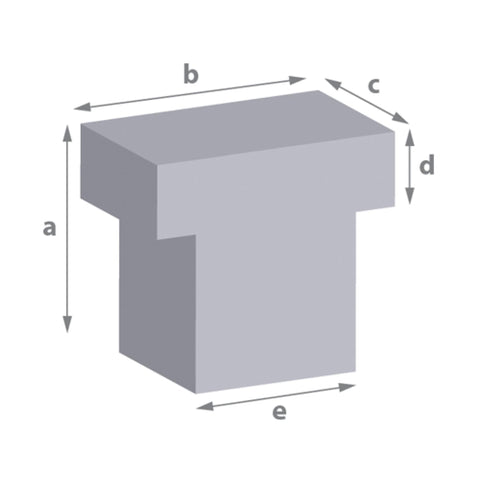
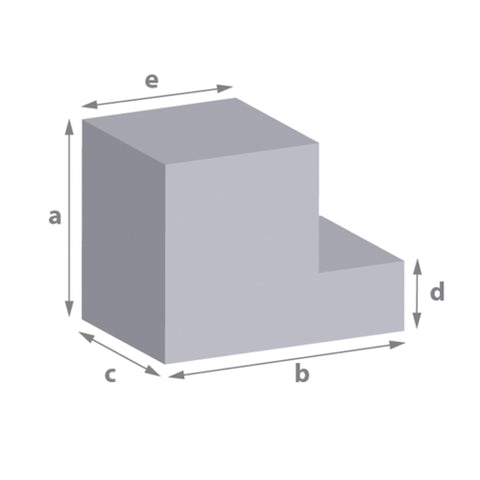
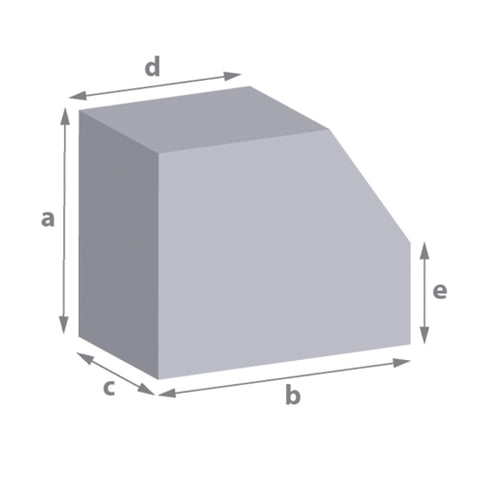
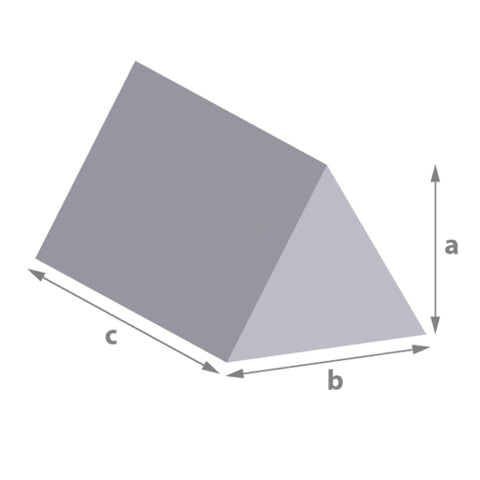
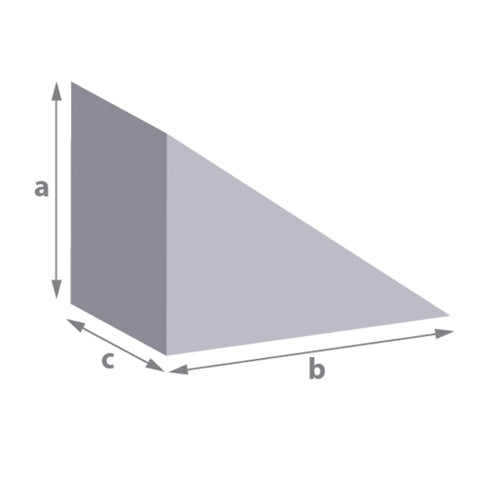
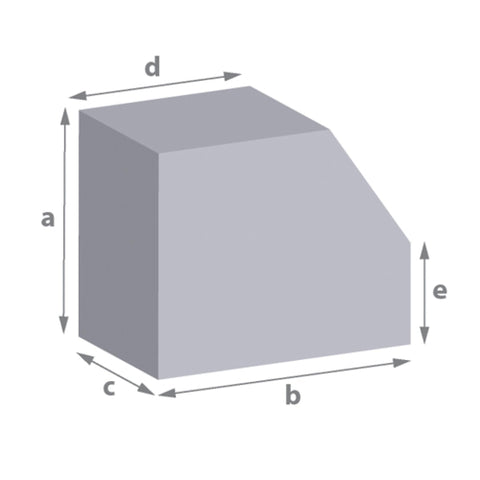
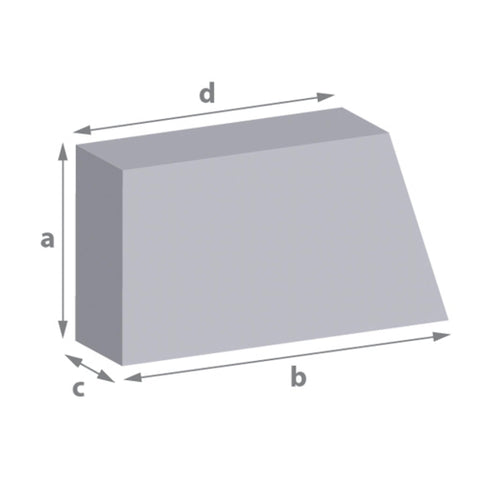
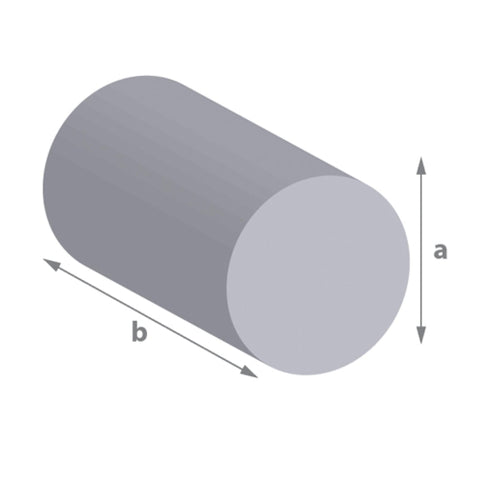
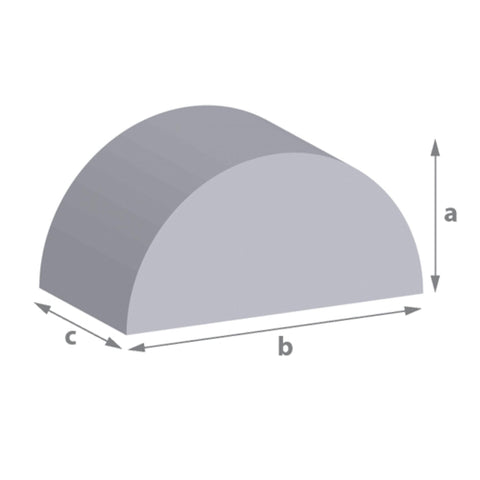
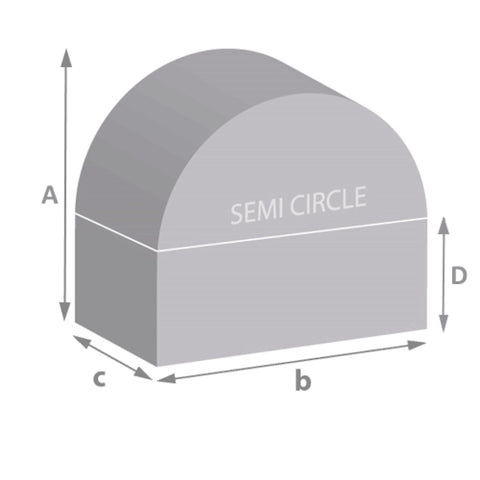
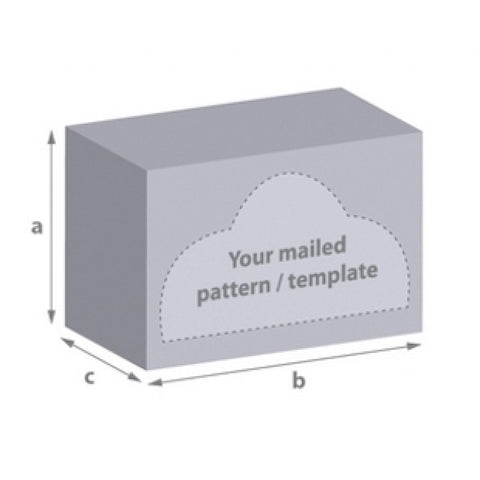

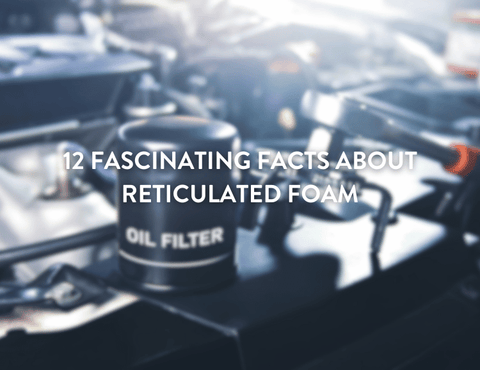
Comments (0)
There are no comments for this article. Be the first one to leave a message!